Author: Paul Amico
Back when craft beer was in its infancy and IPA had yet to sweep the nation, the most common styles brewed in America were pale lagers inspired by those of Europe. At the time, access to quality ingredients was limited, particularly in regards to hops, so breeders began working on developing American varieties to emulate the noble hops of Germany. One such example is Crystal, which following its release in the mid 1980’s, quickly gained a positive reputation for its ability to impart noble-esque characteristics including spice, wood, floral, and fruit.
Alpha: 3 – 6.2%
Beta: 4.5 – 6.5%
Cohumulone: 20 – 26% of alpha acids
Total Oil: 0.8 – 2 mL/100g
Myrcene: 40 – 65%
Humulene: 18 – 24%
Caryophyllene: 4 – 8%
Farnesene: < 1%
Linalool: 0.6 – 0.8%
ß-Pinene: 0.4 – 1%
Geraniol: 0.4 – 0.7%
Parentage: Tetraploid Hallertauer mittelfrueh and USDA 21381M male hop
Often compared to Hallertau Mittelfruh, a variety I use often and is one of my favorite traditional German noble hops, I was excited to see how blind tasters would evaluate a beer made using only Crystal.
| MAKING THE BEER |
The hope being to emphasize the hop character as much as possible, I went with our standard very simple Pale Ale recipe for this batch.
Crystal Pale Ale
Recipe Details
| Batch Size | Boil Time | IBU | SRM | Est. OG | Est. FG | ABV |
|---|---|---|---|---|---|---|
| 6 gal | 60 min | 35.5 IBUs | 5.7 SRM | 1.053 | 1.013 | 5.3 % |
| Actuals | 1.053 | 1.01 | 5.7 % | |||
Fermentables
| Name | Amount | % |
|---|---|---|
| Lamonta (Mecca Grade) | 10 lbs | 83.33 |
| Vanora (Mecca Grade) | 2 lbs | 16.67 |
Hops
| Name | Amount | Time | Use | Form | Alpha % |
|---|---|---|---|---|---|
| Crystal | 30 g | 60 min | First Wort | Pellet | 3.3 |
| Crystal | 45 g | 30 min | Boil | Pellet | 3.3 |
| Crystal | 45 g | 15 min | Boil | Pellet | 3.3 |
| Crystal | 48 g | 2 min | Boil | Pellet | 3.3 |
| Crystal | 60 g | 3 days | Dry Hop | Pellet | 3.3 |
Yeast
| Name | Lab | Attenuation | Temperature |
|---|---|---|---|
| Independence (A15) | Imperial Yeast | 74% | 60°F - 72°F |
Notes
| Water Profile: Ca 92 | Mg 1 | Na 10 | SO4 153 | Cl 50 |
Download
| Download this recipe's BeerXML file |
My brew day by collecting the full volume of water and lighting the flame under it, after which I milled the grains.
Once the water reached strike temperature, I added the grains and stirred to incorporate before letting it rest at 150°F/66°C for an hour.
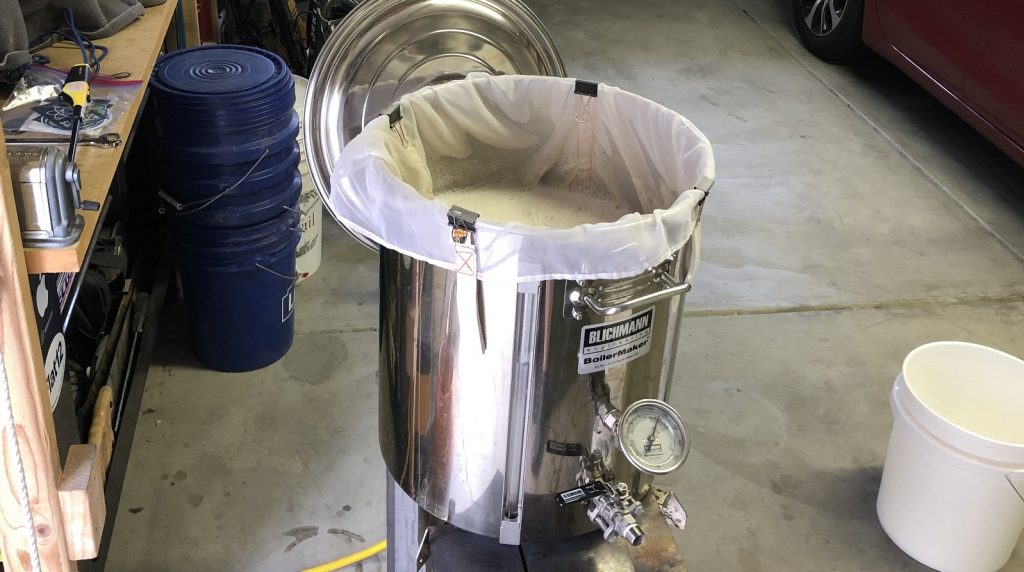
During the mash rest, I weighed out the kettle hop additions.
When the mash was complete, I pulled the grain bag out of the kettle and let it drip while the wort heated up.
The wort was boiled for 60 minutes with hops added at the times listed in the recipe.
At boil’s end, I quickly chilled the wort then took a refractometer reading confirming it had hit my target OG.
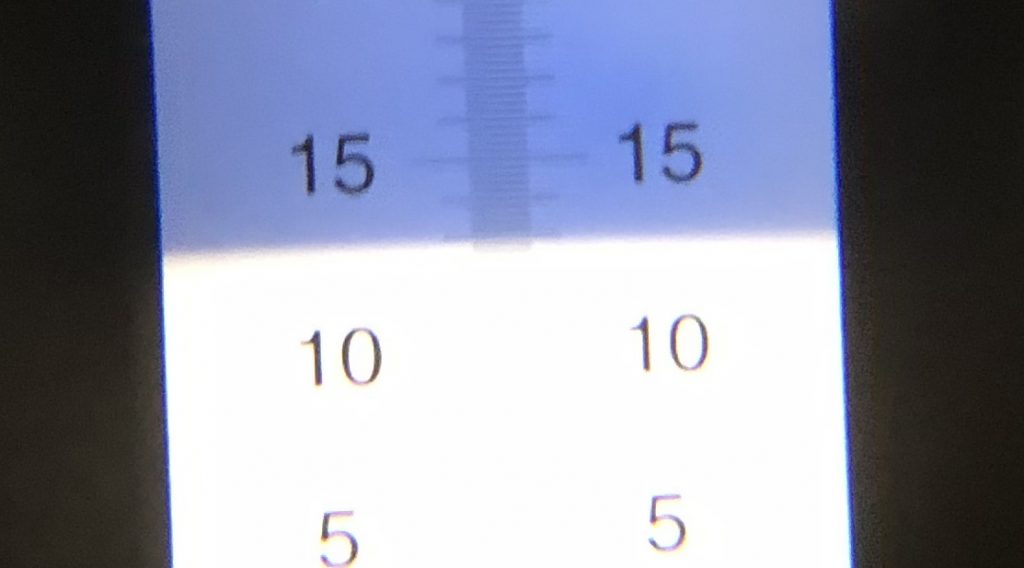
The chilled wort was then transferred to a sanitized fermentation vessel.
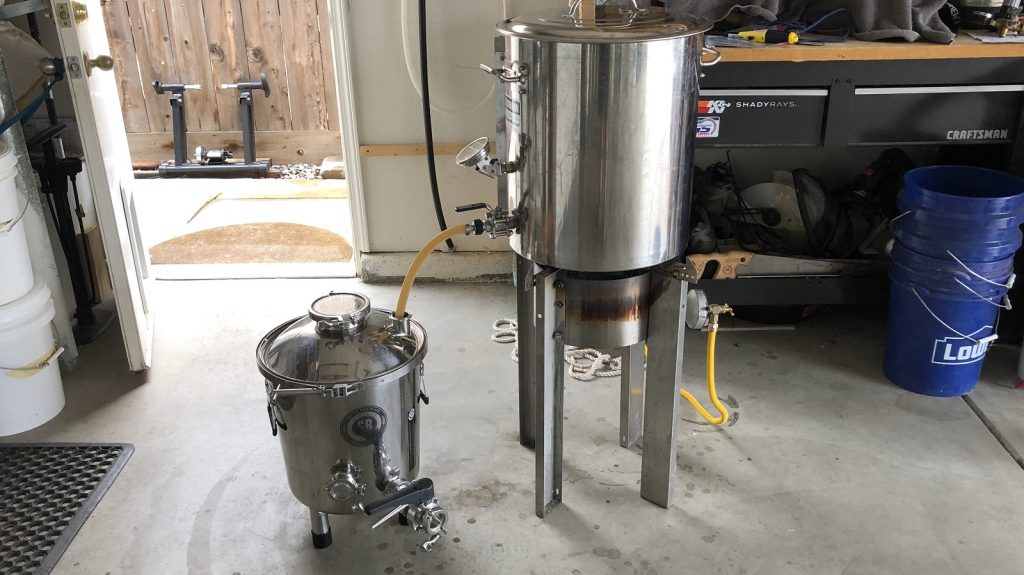
Next, I pitched a pouch of Imperial Yeast A15 Independence.
The beer was placed in chamber and left to ferment at 66°F/19°C. After a few days, I added the dry hop charge then left it alone for another 3 days before taking a hydrometer measurement confirming FG had been reached.
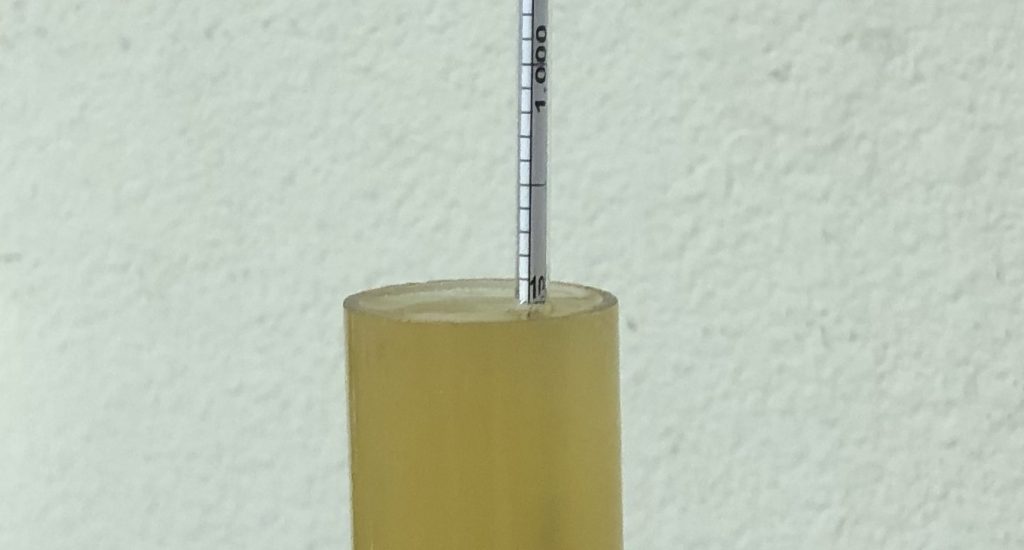
Next, I pressure transferred the beer to a CO2 purged keg.
The beer was placed in my keezer and burst carbonated overnight then left to condition for a week at serving pressure before it was ready to serve to blind tasters.
| METHOD |
Participants were instructed to focus only on the aromatic qualities of the beer before evaluating the flavor. For each aroma and flavor descriptor, tasters were asked to write-in the perceived strength of that particular characteristic on a 0-9 scale where a rating of 0 meant they did not perceive the character at all and a 9 rating meant the character was extremely strong. Once the data was collected, the average rating of each aroma and flavor descriptor was compiled and analyzed.
| RESULTS |
A total of 40 people participated in the evaluation of this beer, all blind to the hop variety used until after they completed the survey. The average aroma and flavor ratings for each descriptor were plotted on a radar graph.
Average Ratings of Aroma and Flavor Perceptions
The 3 characteristics endorsed as being most prominent by participants:
| Aroma | Flavor |
| Citrus | Floral |
| Stone Fruit | Citrus |
| Tropical Fruit | Resinous |
The 3 characteristics endorsed as being least prominent by participants:
| Aroma | Flavor |
| Onion/Garlic | Berry |
| Spicy/Herbal | Onion/Garlic |
| Berry + Dank/Catty (tie) | Melon |
When asked to rate the pungency/strength of the hop, most tasters perceived it as being mildly to moderately pungent.
Tasters were then instructed to identify beer styles they thought the hop would work well in.
Finally, participants were asked to rate how much they enjoyed the hop character on a 1 to 10 scale.
My Impressions: I perceived the hop character of this Crystal Pale Ale as being pretty mild, overall, though felt it had nice citrus and stone fruit characteristics. The citrus came across to me as lemon and tart orange, almost like a Sweet Tart, while a tinge of apricot was far in the background. While it wasn’t as pungent as more modern varieties, I really enjoyed this beer and was surprised with the flavor.
| CONCLUSION |
Developed specifically as an American version of a German noble hop, it makes sense that Crystal’s popularity has diminished in this IPA-obsessed world. What’s interesting is that, like other classic and notably less punchy varieties out there, Crystal was typically used in moderate amounts, most likely toward the middle and end of the boil to impart the expected spicy and floral characteristics.
Recently, Sierra Nevada released their Hop Solo IPA, which they describe as being “brewed start to finish with only Crystal hops, allowing their spicy, woodsy, one-of-a-kind character to shine through.” A single-hop IPA made with only Crystal hops– who woulda thunk?! While they emphasize spicy and woodsy, my experience with Hop Solo definitely left me convinced Crystal had more to offer than what many expect. Indeed, blind tasters of The Hop Chronicles Crystal Pale Ale rated citrus as being the most prominent aroma with stone fruit and tropical fruit following close behind, all descriptors that would fit well in most modern IPA. Perhaps unsurprisingly, the flavor was led by floral notes, though citrus came in a close second place.
Given the general perception of Crystal as imparting fruity characteristics, it’s not earth shattering to see IPA as the style most felt it would work well in. However, a decent chunk also listed lighter styles including pale lager, Blonde Ale, and Kölsch, which I agree would be great if used in smaller quantities. One of the more interesting findings to me is the preference rating, only because I wouldn’t expect a majority of people to rate a beer hopped solely with Crystal a 6 or higher out of 10.
This experience caught me off-guard, as I expected the Crystal hops to lean far more into the spicy and floral side of things, though what really stood out was the fruitiness. I suspect this is mostly due to the amount of hops I threw at this beer, and that smaller doses would bring other unique characteristics out, something I look forward to trying in the future!
Crystal hops are available now at Yakima Valley Hops, get them while you can! If you have any thoughts on this variety, please feel free to share them in the comments section below.
Support Brülosophy In Style!
All designs are available in various colors and sizes on Amazon!
Follow Brülosophy on:
FACEBOOK | TWITTER | INSTAGRAM
If you enjoy this stuff and feel compelled to support Brulosophy.com, please check out the Support page for details on how you can very easily do so. Thanks!



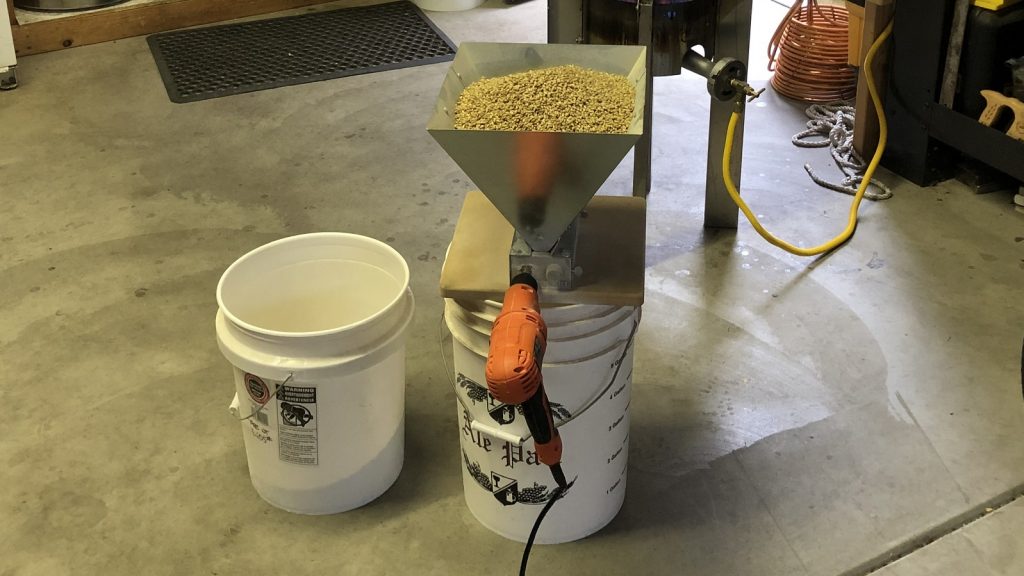

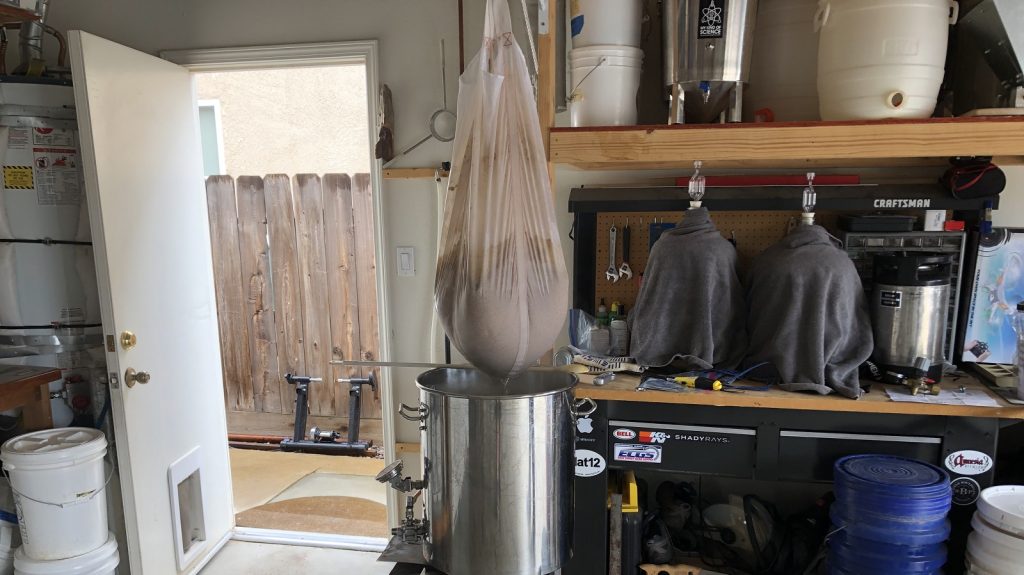
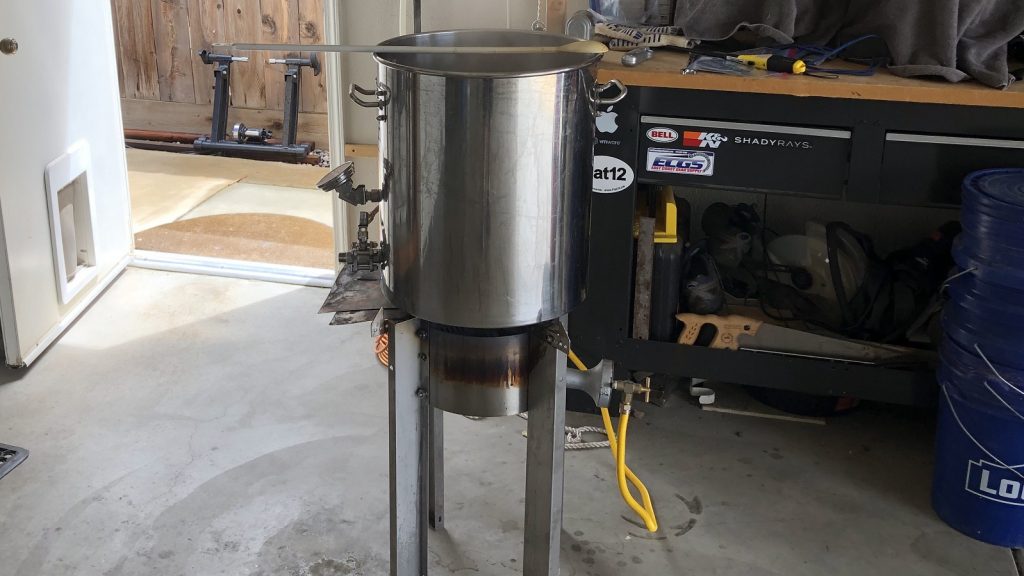
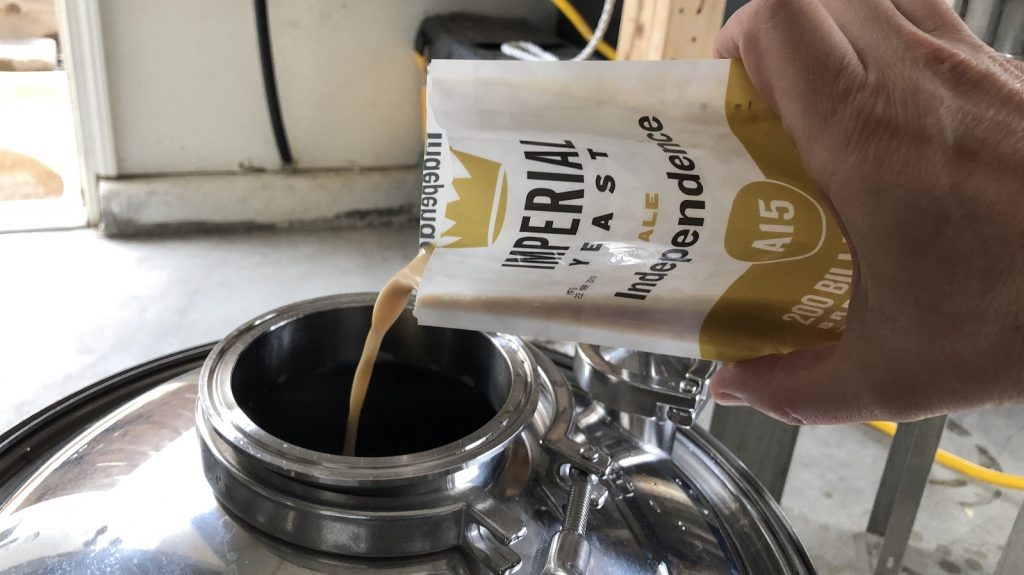
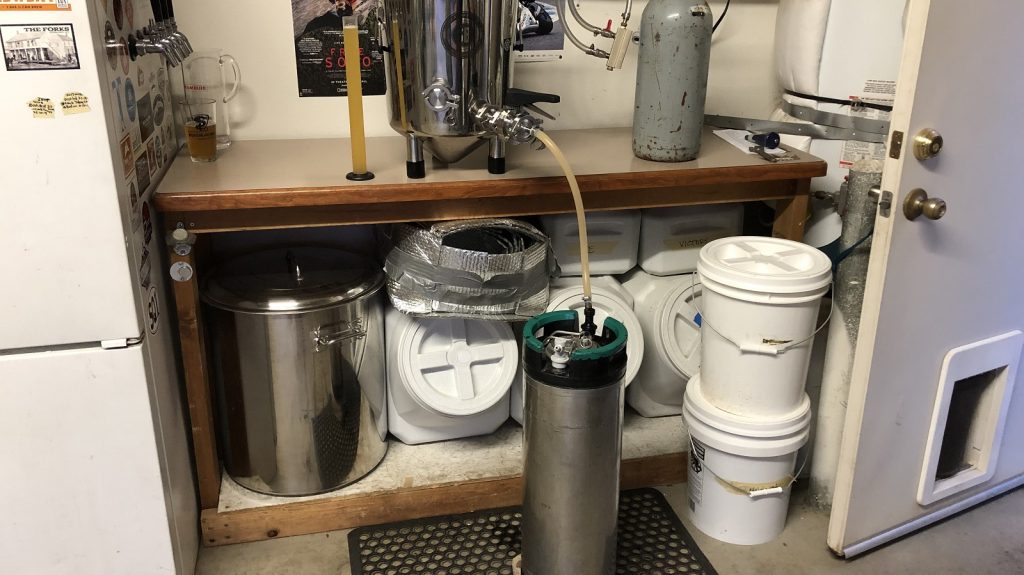
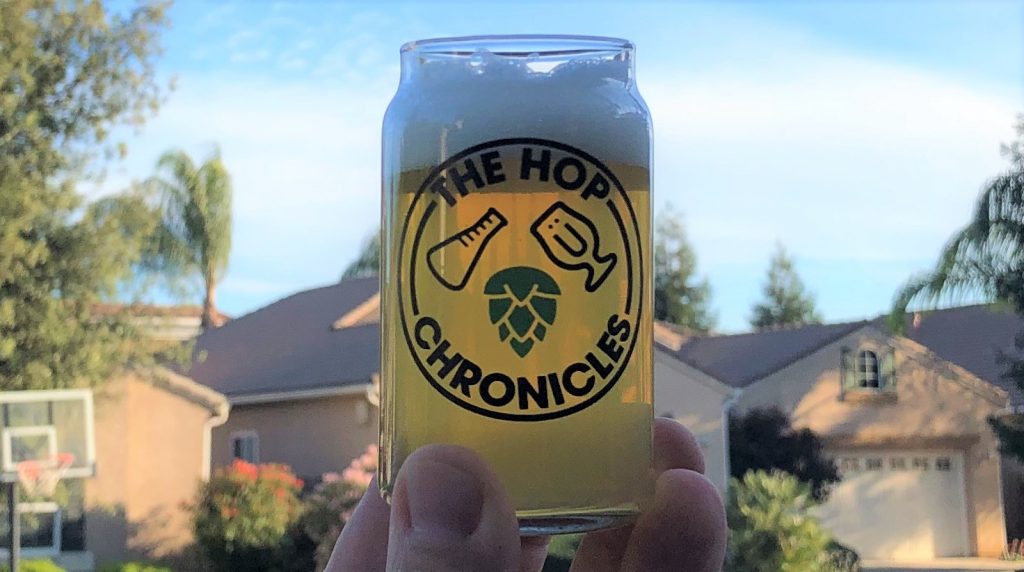
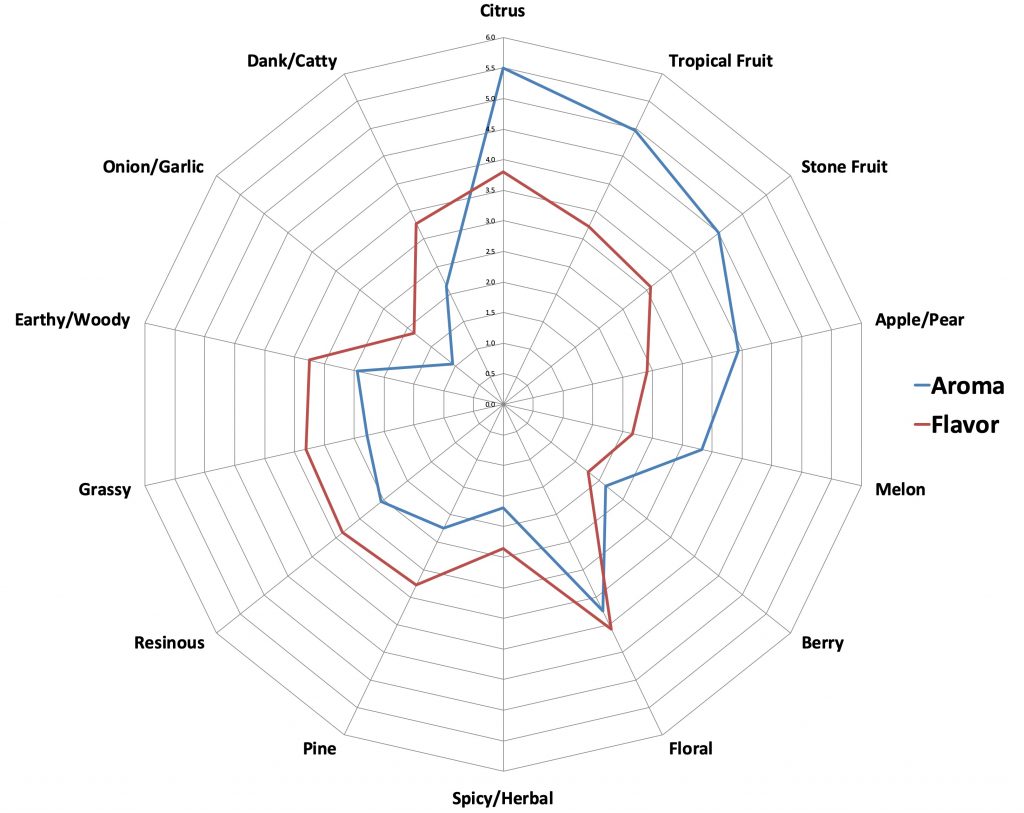
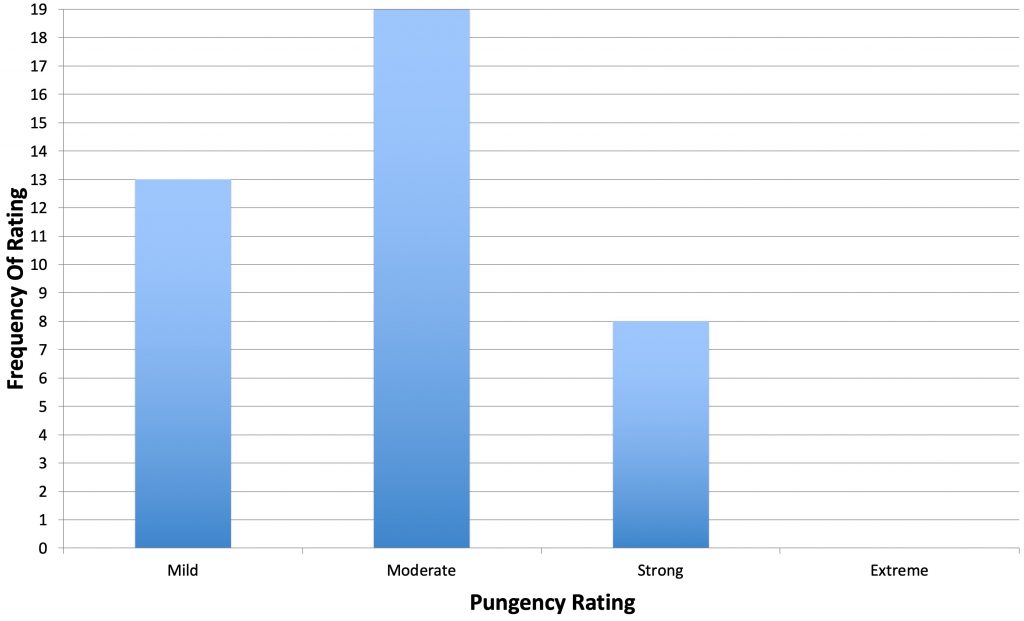
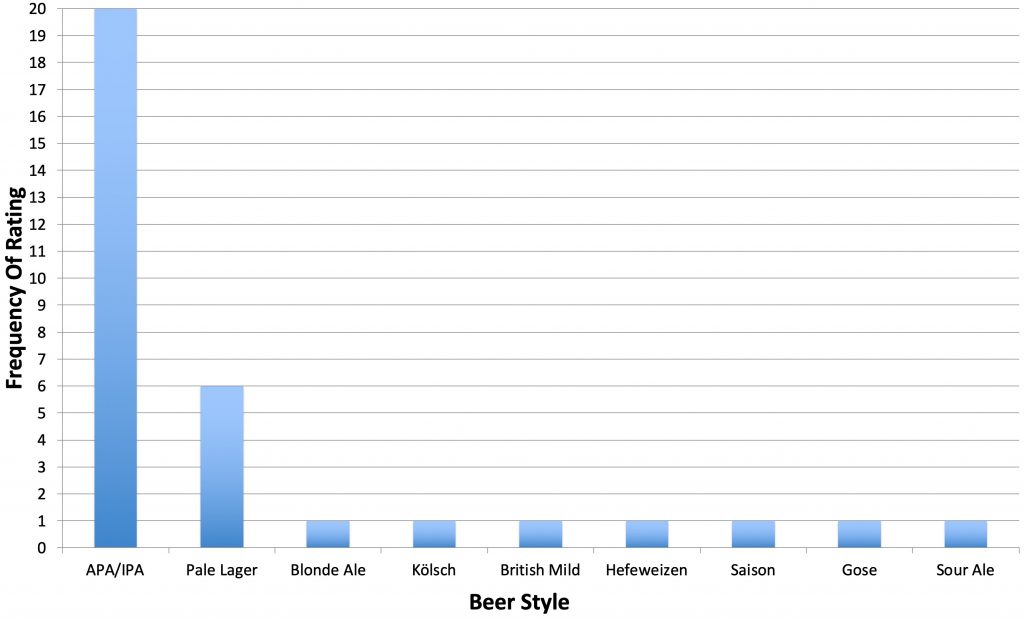
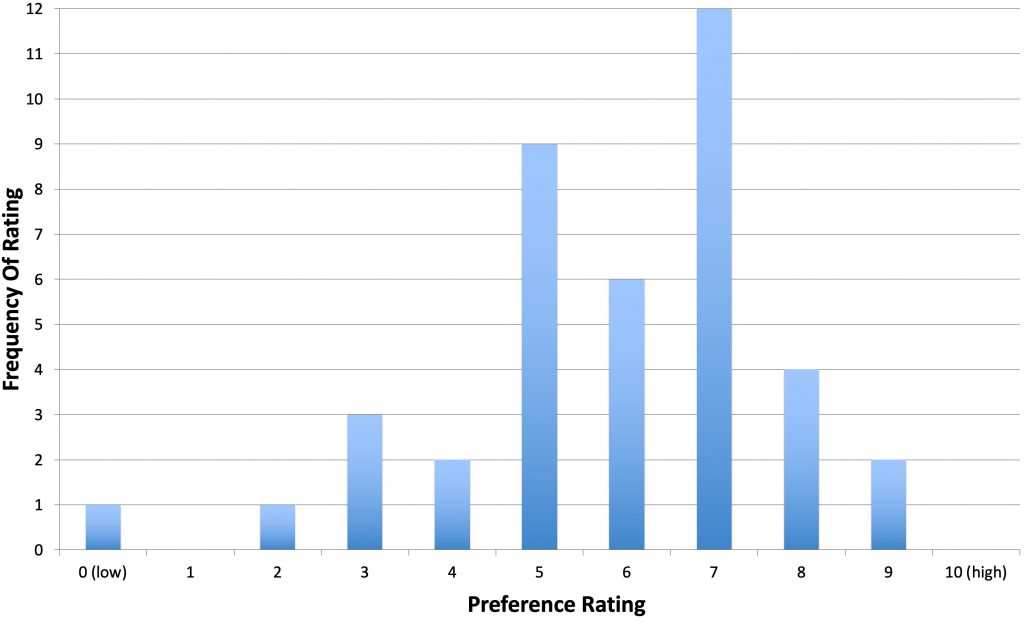











7 thoughts on “The Hop Chronicles | Crystal (2017) Pale Ale”
This is the description on Hoplist “ It’s woodsy, green, floral and fruity with herb and spice notes of cinnamon, nutmeg and black pepper. Extremely versatile, it’s even used for its notable aromatic qualities in IPAs and Bitters despite its low alpha acid content.”
After listening to guys like Stan Hieronymus and Scott Janis talk about hops and modern hop methods, I think what we are experiencing is the flavors and aromas we get from hops can be changed by the methods they are used. Example: years ago a beer hopped with crystal, to mimic a noble hop, would not have been dry hopped. Today almost everything gets dry hopped no matter the style of beer or variety of hop and we are discovering these older hops have more to give then originally thought. I think this is great for hop growers and small brewers. Farmers can “re-brand” some of these less popular older varieties. Small brewers can utilize these lesser desired hops instead of having to try to find sources for hops like Galaxy. Just a thought. Thanks for the work as always.
Crystal is the sole hop in one of my faves – JP Bambiere. While the fermentation products are the star of that show, Crystal adds a nice compliment – it’s even dry-hopped. Good enough for Jolly Pumpkin, good enough for me!
My last two beers have used Crystal. A Pale Ale and a Kolsch. With the Pale, a little age made a huge difference. I think more citrus comes out after two weeks on gas. It was more floral at first. The Kolsch is amazing. My favorite version out of several Kolsch recipes in my recipe folder.
I’ve never got spicy from dry hopping with any kind of hop, including noble varieties. I think the spiciness of lager must come either from hops in the boil or, quite possibly, from the yeast.
Great experiment, and interesting results! I’ve had similar results with single-hop trials of Sterling (another American daughter variety of noble hops, similar to Crystal). At higher quantities I get a really pleasant lemonade character, especially when dry-hopping. As you said, many of these varieties were initially developed to be used in light or moderately-hopped lagers, but there can be some nice surprises when used in higher quantities as late/whirlpool/dry hops.
I’m going to have to give Crystal a shot in a dry-hopped Pilsner sometime soon.
Currently have a smash crystal blonde on tap. Floral is definitely the main flavour, been planning to dry hop some if it. Thanks! FYI did a smash brewers gold neipa and was surprised by the strong flavour of slightly over ripe fruit salad.
this hop is used in the kettle and dry hop in Sierra Nevada’s torpedo extra ipa along side magnum and Citra.